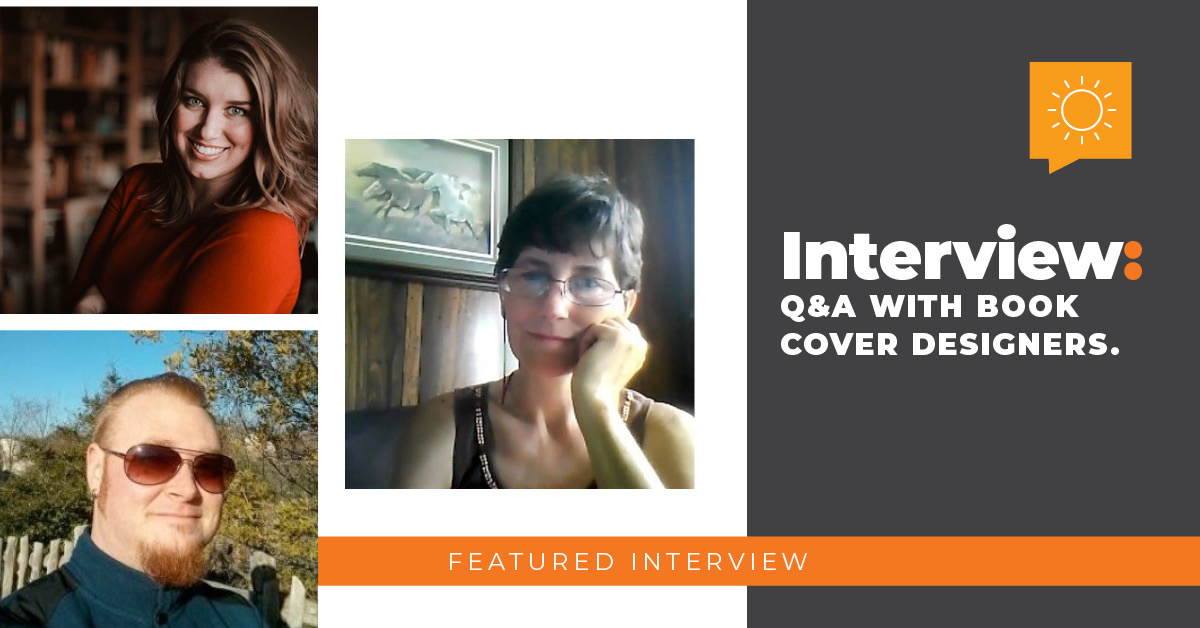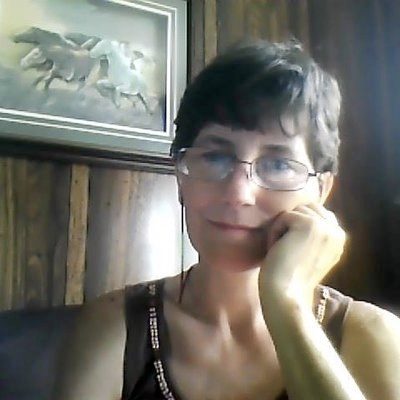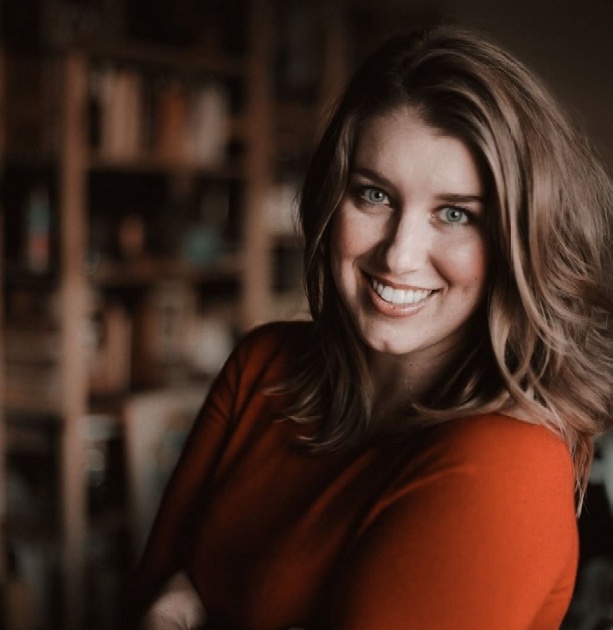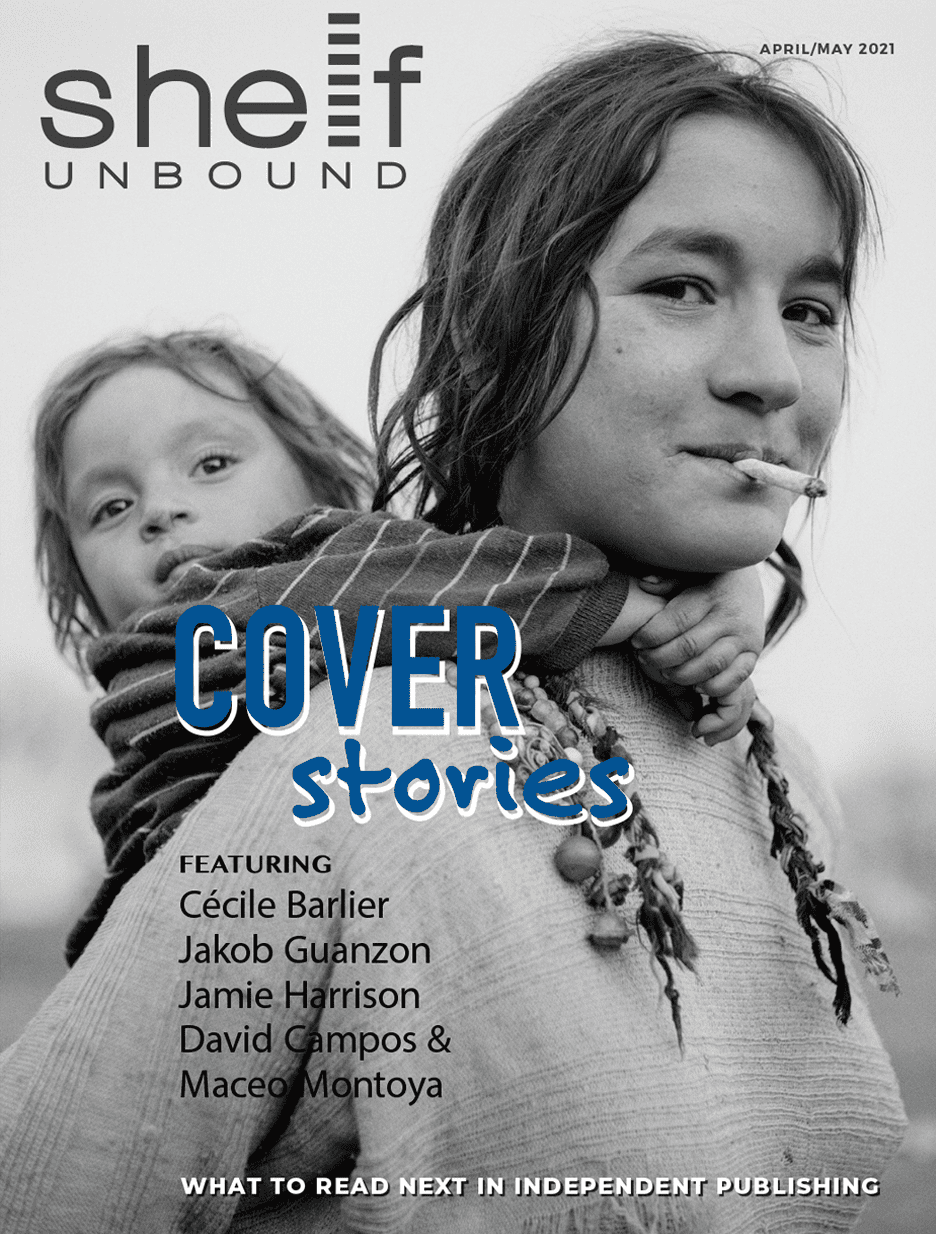By V. Jolene Miller

In the April/May 2021 edition of Shelf Unbound, I went behind the scenes with some book cover designers to find out how things work behind the covers of books. In this roundup, I had the pleasure of chatting with Amanda Richardson, Cathy Walker, and Black Rose Writing’s lead designer, David King.

David King 
Cathy Walker 
Amanda Richardson
SU: Do you design for indie authors, traditionally published authors, or both?
Amanda Richardson: I’ve only designed for indie authors, but one of my goals is to work with a publisher down the line and design for publishing houses!
Cathy Walker: Currently, I have only designed for indie authors. I believe that for the most part, traditional publishers likely have in-house designers. Though I do know some designers who have done a cover for an indie author who was picked up by a traditional publisher, and they kept the cover.
David King: I design for both.
SU: Tell our readers how you got started in cover design.
Amanda Richardson: I used to be a photographer, and I had a blog for that business. Long story short, I was too cheap to hire a designer for logos and graphics, so I learned how to do it myself. In 2014, when I began writing my first book, I googled how to make your own cover, and then just went from there, and since I already know Photoshop, it was fairly easy to learn. My first cover was terrible, lol. But I think I’ve gotten a bit better over the years!
Cathy Walker: We (my husband and I) were having some tough times and I was looking for a way to make some extra money. A friend of mine who is a cover designer taught me the basics of PhotoShop and cover design, and I took it from there. With minimal skills, I started to design covers, and when I felt that I could put together a decent quality cover, I set up a website, filled it with premades, and started marketing myself as a cover designer. I am constantly developing my skills and have come a long way from where I started. In fact, most of the premades that I started with, have since been taken down from my website and replaced with better ones. At the time, they were the best that I could do, but I’m much happier with my skills now, as well as my ability to deliver a quality cover to my clients.
David King: I was working as an artist in the video game industry, but it was too volatile. My friend, Reagan Rothe, owned a publishing company (Black Rose Writing) and reached out to me for doing artwork for book covers and also interior book design. We grew from there. I found that authors are much more rewarding to work with!
SU: What do you find most rewarding about being a cover designer?
Amanda Richardson: Seeing the finished product! I always try to order a paperback from my clients so I can see my work up close. It’s very validating!
Cathy Walker: I would have to say that the creative aspect of it is what I enjoy most. I start with a blank template and build a work of art. I do prefer working on premades as opposed to custom covers, because I have such freedom to take it wherever inspiration leads me. With a custom [cover], I am guided by the vision of the author, and sometimes, the author’s vision will not necessarily make for a good cover.
David King: I enjoy helping authors put a face to their creations that they can be proud of! And selling books, of course! When people are buying and reading your books, praising the cover design, you know you’re doing your job right.
SU: If you had to pick a favorite design in your portfolio, which would it be, and why?
Amanda Richardson: Hmm… I think it would probably be the newest one I’m working on for one of my books! It has been a long time coming, and I put a lot of thought behind it. Three years of thought, actually! I’m excited to reveal it soon.
Cathy Walker: I have so many favorites that it’s ridiculous. Honestly, almost every cover I design is my favorite at that time. I do have some premades on my website that I love and am surprised that they haven’t been snapped up yet.
David King: It would likely be The Reckoning by Jeffrey Pierce. It has tons of color, depth, action, and a WWII Zombie theme, which combine for a fun cover.
SU: Do you have other hobbies or interests that are reflected in your designs?
Amanda Richardson: Photography. I always try to find the most artistic version of my vision. I love black and white photos with a lot of depth. I also LOVE typography. I have over 1,000 fonts in my font book… I may have a problem, lol.
Cathy Walker: Hmmm, I had to think about that one. No, I don’t think so. I mean, I love animals, but that is about the only hobby that I have time for aside from book cover design and writing. Many of my cozy covers will have animals on them, but that is more because animal covers are huge in the cozy cover genre rather than me doing it because I love animals.
David King: I love fiction and fantasy movies, games, and books. I’ve got a lifetime of influences to draw on in the genre. And when I need inspiration for genres I’m not as interested in, my experience over the years helps this.
SU: Writers are given several thousand words in which to tell a story, you get one image. What’s that like? And, how do you process the scaling down of an entire story into a single image?
Amanda Richardson: Another reason I love designing premades… I don’t have to scale down, haha! But for custom work, almost all of the authors I’ve worked with have an idea of the kind of image they want. Some of my favorite authors even have an image picked out, which is so helpful! For my own books, it’s very hard. I want to find the perfect image, but I also don’t want to spend too much time looking when I should be writing.
Cathy Walker: Another mistaken belief by many authors is that the cover needs to portray their book exactly. Many of them want an exact scene from the book, or a character to exactly match one in the story…hair, clothes, eyes, etc. Close is good enough. Honestly. Most readers will envision the scenery or the character as they read the story and it will be different in everyone’s mind. You don’t need to put your entire story on your cover. Please. A cry from designers everywhere, please don’t make us try.
David King: I don’t. I leave that responsibility to the author. There’s no one closer to the material and who knows their own book better than the author. If the author (and owner of Black Rose Writing) believe that the artwork visualizes their hard work and will help to sell it, then my job’s done.
SU: Tell our readers a little about the writer/cover designer working relationship.
Amanda Richardson: Most of my cover design consists of premade covers, though I have done a lot of custom work as well. To be honest, I prefer premade work. Sometimes I want to experiment with a newly learned element or skill in Photoshop, or I see a stock photo that I LOVE, and I can be uninhibitedly creative, and design to my tastes. If someone loves it too, and finds that it fits their story, great!
Cathy Walker: I think that every designer approaches that relationship in a different way. It will depend on where they are in their career, how confident they are in their skills, how well-established they are in the business. Many designers have precise rules that they will stick to no matter what, others will be more flexible. Some only want to communicate via email, others only want to converse on FB messenger. Some will do multitudes of revisions, others will stick to the stated number of revisions in their contract. Some will only talk business, others will get a bit more personal and develop a bit of relationship with their client. It really is a personal thing and an author needs to feel comfortable with their designer and visa versa. I’ve never been the kind of person who says, “It’s just business, don’t take it personally.” I have had a few clients who have given me sleepless nights with their demands and somewhat rude or unrealistic expectations, but I have also had amazing, wonderful clients.
David King: The easiest authors to work with are writers who try to not be artists. By far the best situation is when the author has an “idea” of what they think would be nice, then stay hands-off and let the artist do the work. Each artist has their own strengths and weaknesses. If the author is willing to play to the artist’s strengths, it’ll be a great cover. If they force the artist outside of their comfort zone, it can cause a struggle.
SU: We’re not supposed to judge a book by its cover…how do you feel about that “rule”?
Amanda Richardson: I try not to judge, but I do… I think everyone does. Everyone has their own preferences, too. It’s hard to hit the mark with everyone, so I try to design a cover that fits the book, that is hopefully marketable and eye-catching, while still being unique.
Cathy Walker: I think this is one of the biggest mistakes that new authors make. Applying that rule metaphorically to not judging people by how they look is great, but for a book cover…it’s absolutely wrong. Sorry to all the authors who think they can get away with a homemade cover, but readers do judge a book by its cover…at least at first glance.
David King: I agree with the statement wholeheartedly. Though, I feel that judging the book by the cover is inevitable when thinking of purchasing a book off the shelf or clicking a small cover link that you can’t see much text. It’s gotten easier when shopping online though. I read plenty of books based on reviews and recommendations now rather than just cover artwork. I think most people who are willing to try new authors, are willing to look past a cover image they aren’t impressed with. And in my world, I’ve done plenty of impressive covers for not so impressive books. So it’s a double-edged sword.
SU: Tell us about your mission or vision statement as a book cover designer.
Amanda Richardson: Honestly, I just want to create something that authors will be proud to hold in their hands. Something unique, beautiful, and eyecatching, but most importantly, something that makes them happy!
Cathy Walker: It is very important to me that my clients end up with a cover that they are happy with. It is often a balance between what they think they want and what will actually sell a book. I try to gently lead a client in the direction that I, as the designer, know will sell the book. Sometimes, it doesn’t work, but those times are rare…I usually end up with awesome clients who are totally willing to work together to put out a great cover and everyone is happy in the end. Each cover is personal for me and each client is important.
David King: I strive to make my authors ecstatic to show their work to the world, which triggers readers to pick up and open the book… see what it’s about.
SU: Thank you all for giving readers a glimpse into book cover design work and your experience as a designer. Where can authors find you if they’re in the market for a book cover?
Amanda Richardson: I’m really active on social media. You can find me on Facebook: Facebook.com/ejamesdesigns and IG: Instagram.com/ejamesdesigns. I’m also in the process of updating my design page on my website. www.authoramandarichardson.com.
Cathy Walker: Thank you so much for having me. I enjoyed answering the questions and if anyone is interested in checking out my covers or has any questions, here is my website: http://www.cathyscovers.wix.com/books
David King: Design@blackrosewriting.com and https://www.kingsizecreations.com/

[cm_page_title title=”Continue Reading” subtitle=” Shelf Unbound”]
Article originally Published in the April / May 2021 Issue: Cover Stories.
